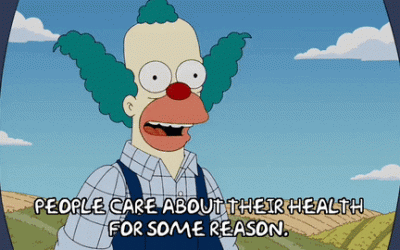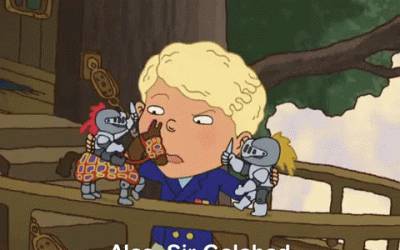Circle up. There’s big hype right now for developing circular economies for sustainable production. (Think mitigating climate change, feeding a growing population.) The folks at University of Illinois Urbana-Champaign developed a Circularity Index to measure how far we’re progressing on that goal.
Soundbite: “The traditional economic system is linear—we produce, distribute, use, and dispose of products. To increase sustainability, we need to develop a circular economy. Rather than just using natural resources, we must recover, reuse, and recycle waste materials.” — Yuanhui Zhang, study lead author and Department of Agricultural and Biological Engineering professor at U of I
U of I’s index gives a comprehensive method to quantify bioeconomic systems, which differs from most current studies that are mainly descriptive and do not measure impacts.
Say what? Yeah, that was a lot. Grab your coffee. The researchers give a step-by-step outline of Circularity Index (CI) in the paper. It measures circularity on a scale from 0 to 1, zero meaning the system is completely linear, and 1 meaning it is completely circular. CI includes eight categories: recover, remake, reuse, take, make, distribute, use, and dispose.
Example, please? Sure thing. Researchers have applied CI to a corn/soybean operation, looking at nitrogen cycles over eight years while using two different fertilizer treatments. They also applied CI to the entire U.S. food and agriculture system with a focus on energy use.
Nutrition Labels to the Front
You’re used to looking up nutrition information on the back of a product, but a new proposal could...
Tough Talk, Tougher Tariffs
The T-word has almost become a swear word recently. That’s right: tariffs. Tariff tsunami: On day...
Screwworms Screw with Beef Imports
Screwworms are screwing up beef imports from Mexico, and it will likely impact feeder cattle...




